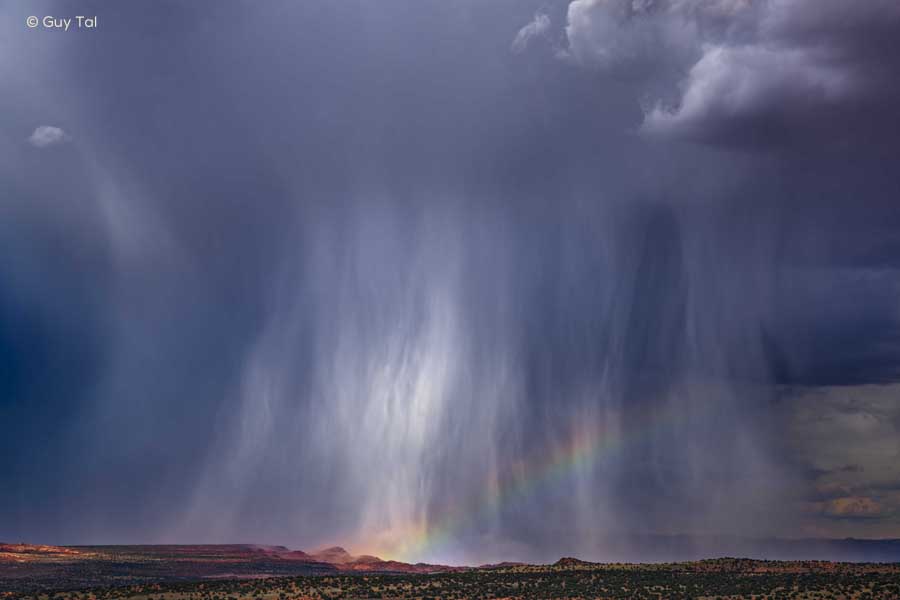Rethinking Visualization
I now measure my growth as a photographer in terms of the degrees to which I am aware of, have developed my sense of, and have the skills to symbolize visually the four-dimensional structure of the universe. —Wynn Bullock
In my workshops, I teach a framework for creative image making consisting of six categories—concept, visualization, composition, capture, processing, and presentation.
The premise for this framework is that all images begin with a concept: a nebulous, amorphous “trigger” that sets the creative wheels in motion. The concept may be a thought, an emotion, a response, or a sensation that the artist experiences and wishes to express in the finished work. The concept has no form, color, or other physical characteristics. It is the thing instinctively recognized by, or inspired in, the artist that commands their attention—an intuitive recognition of something worthy of further exploration and development. Once experienced, the artist’s task is to transform the shapeless, abstract concept into a tangible image.
Within this framework, visualization—the ability to imagine, to see in the “mind’s eye,” the finished outcome before choosing and applying specific tools and techniques—is the mental process of intuitively selecting the best way to express a given concept using the visual elements and tools available to the photographer. Visualization requires knowledge of the medium, tools, and limitations of photography, but also a keen understanding of visual perception—how colors, shapes, form, and lines can serve as metaphors for emotions, tension, and meaning.

Visualization is not the same as vision. Vision consists of perceiving light reflected off objects; visualization is projecting the light of the artist’s thoughts and feelings onto objects. Vision is about what there is; visualization is about what could be. Vision is about what things are; visualization is about what things mean. Think of the artist as having the task of bridging two worlds: an inner world of feelings, notions, sensibilities, ideas, and abstractions available only to them; and an outer world consisting of literal objects, perceptible by physiological senses, that can be shared with others. Visualization is the process of facilitating the transition from one world to the other.
Certainly there is no way to make the transformation from idea to object without a degree of craftsmanship and skilled application of the artist’s tools; however, understanding visualization also serves to illustrate the role of such tools and skills in the creative process. Instinct, awareness, knowledge, and imagination give rise to the concept; visualization transforms it into an image in the mind of the photographer; equipment makes the image tangible.
Composition Means Nothing
Language serves not only to express thoughts, but to make possible thoughts which could not exist without it. —Bertrand Russell
I am easily amused by sentences starting with the words “Photography is all about . . .” One such proclamation that caught my eye decreed photography to be “all about composition.” Nonsense, I thought, that’s like saying writing is all about spelling. But, curiosity got the better of me and I looked up the expression “photography is all about composition.” To my surprise, my all-knowing Internet search engine found nearly 15,000 matches!

Composition is the grammar of the visual language. Good grammar can be used to create a perfectly meaningless narrative, just as good composition may belie a perfectly uninspired image. Grammar is important, but not as important as having something worth applying it to.
This excerpt was taken from More Than a Rock by Guy Tal. Learn more about the book here.

